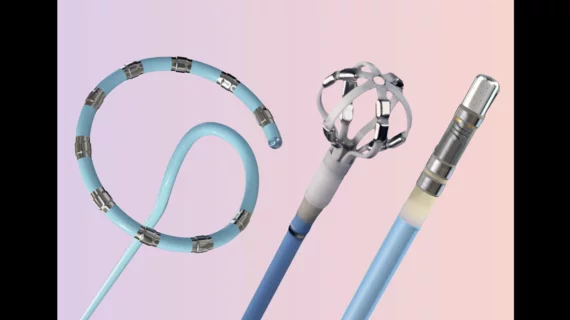Johnson & Johnson resumes PFA rollout after stopping to review safety concerns
Johnson & Johnson MedTech has resumed the U.S. rollout of its Varipulse pulsed field ablation (PFA) system after previously putting cases on hold to review reports of patient complications. The Varipulse PFA system works as intended, the company said in a new statement, and its performance with U.S. patients is the same as with all other patient populations.
The temporary pause, first announced in early January, came after four “neurovascular events” were reported in patients treated with Varipulse. The company did not provide any additional details about the events in question.
Now, however, the initial market release of Varipulse is back on.
Johnson & Johnson highlights potential risks
As a part of its announcement that the temporary pause was over, Johnson & Johnson MedTech emphasized that it is updating its instructions for use (IFU) to include “enhanced guidance.” For example, the company has noted that patients may face a heightened risk of a neurovascular complication “if a high number of ablations, the stacking of ablations and/or ablations outside of the pulmonary veins are delivered.”
“Johnson & Johnson is communicating with healthcare professionals using Varipulse to recommend they review and adhere to the updated IFU and share information with patients,” the company said in a statement. “We will continue to educate healthcare professionals with guidance around recommended practices aligned to our clinical studies.”
FDA first approved Varipulse in 2024
Johnson & Johnson MedTech first gained FDA approval for the Varipulse PFA system in November 2024. The agency had previously approved Medtronic’s PulseSelect and Affera systems as well as Boston Scientific’s Farapulse system.
The FDA made its decision after reviewing data from the admIRE clinical trial, which included 277 patients who underwent treatment with the Varipulse system throughout the United States. The study linked PFA with Varipulse to acute procedural success in 100% of patients and a primary effectiveness success rate of 75%. Adverse events were seen in just 2.9% of patients, and 43% were able to go home the same day they were treated.

